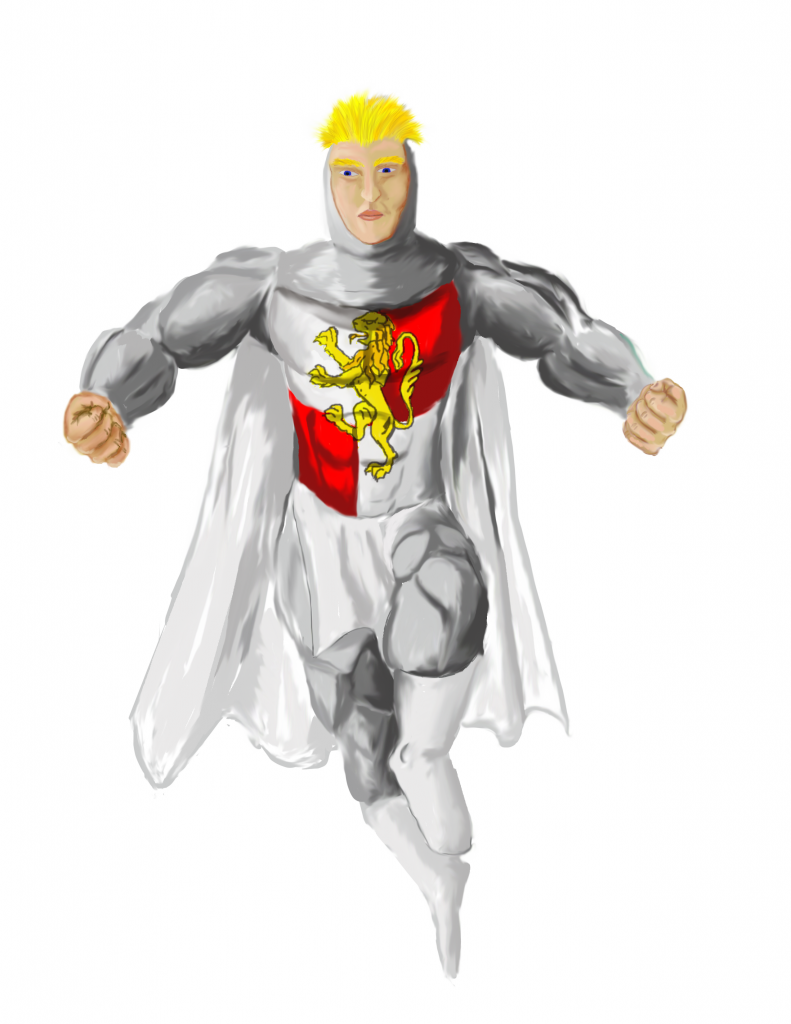For Lojec Redemption we’re using a system based on The Artifact’s Fraction Column system. It is hopefully a streamlined version of the engine that may eventually make up a 4th edition of The Artifact.
What’s different? I’m going from a percentile system to a base ten system. It lacks the granularity of the 1-100 scale but it simplifies play to an extent because of simplified math.
It also makes rolling faster and simpler. This sounds like a trivial gain but after twenty years of seeing beginning players confused by percentile rolls and more commonly the 2d10 bouncing off each other and one flying across the room, It’s nice to have 1d10 drop and it be instantly read.
The biggest problem with a base 10 scale is that the success columns don’t step down as nicely. These are really important to the system and how it functions. That’s complicated to explain unless you’ve looked at the system but suffice to say it’s how good rolls are rewarded.
Because the game is less granular I’ve had to make skills more complicated. They now have the ability to have multiple values. I know that sounds weird, but it’s not a big deal if it’s laid out in front of you, so far my players are cool with it. It does make skills take up quite a bit more space on a character sheet though and that’s a bit of an annoyance. I’m having to prune my skill list down dramatically.
Players have commented that they like the simpler list so I guess it’s not all bad. For LR the smaller list makes sense. For The Artifact it might be a problem because the setting uses skills to differentiate character abilities.
This change is really forcing a large drop in the granular nature of the system in favor of simplicity. It’s a real trade off and maybe it’s not the right move. We’re going to have to keep testing to see if it really benefits the players in a significant way.

